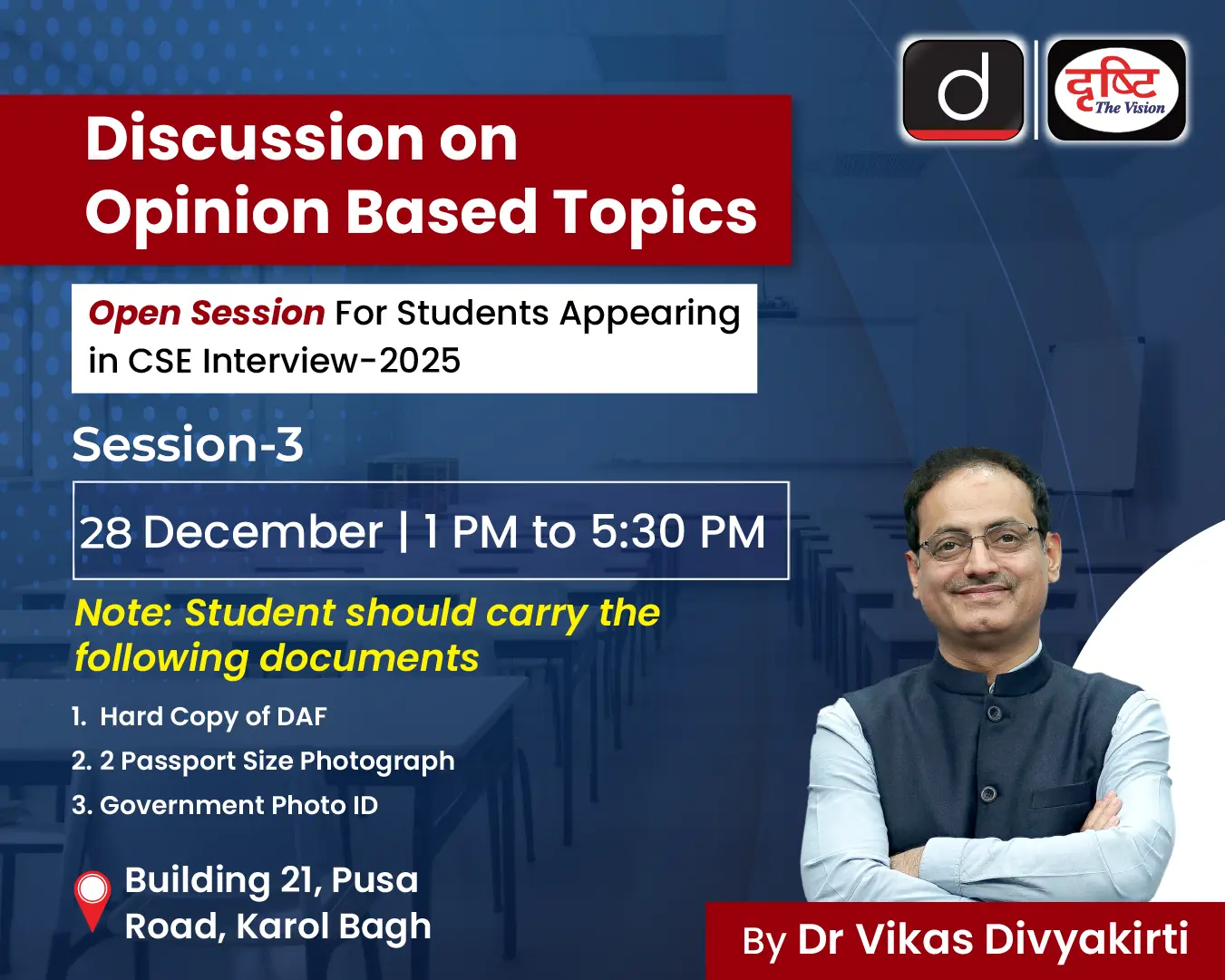-
Q. What are the main constraints in transport and marketing of agricultural produce in India? (150 words) (UPSC GS-3 Mains 2020).
15 Jan, 2021 GS Paper 3 EconomyApproach
- Start the answer by mentioning the importance of agricultural marketing in increasing farmer’s income.
- Mention the main constraints in agricultural marketing.
- Conclude the answer by discussing some of the measures to improve agricultural marketing.
Introduction
Since the green revolution, India has made significant progress in food security. Despite this, the farmers’ income remains subdued owing to the infrastructure deficit in agricultural supply chains.
This combined with the nature of agricultural marketing laws in India makes the marketing of agriculture products more cumbersome than their production.
Body
Indian farmers today can sell their produce at the local market (haat), APMC (agricultural produce market committee), to the government at the minimum support price (MSP). However, all three selling options are marred by several issues.
Selling at Local Market:
- The supply chain in agriculture is affected by several issues owing to the infrastructure deficit. The lack of cold storage, metalled or pucca road, forces a farmer to go for distress sale.
- Also, the lack of proper warehousing facilities leads to uncontrolled cycles of excesses and shortages, which in turn leads to price volatility.
Selling To Government at MSP:
- The government announces MSP for 23 crops but its purchases are limited to only 3 crops. (Wheat, Rice & Sugar).
- Also, government procurement facilities are not available throughout the country.
- Due to this, the farmers engaged in dairy products, vegetables, fruits, etc., have no security of selling their produce at competitive prices.
Selling at APMC:
- In most APMCs, buyers have to route all purchases through licensed aadhatiyas (middlemen).
- These middlemen charge a commission for their “services” — many times, both from the buyer and seller.
- The aadhatiya is also often a moneylender, supplying seeds, fertilizers and pesticides to farmers on credit. They, then, are forced to sell through him and settle their dues in perpetuity.
Way Forward
- Promote FPOs in Marketing: Farmer producer organizations/companies should be encouraged to take up direct marketing of their members’ produce to large buyers and processors. It will result in more competition and better prices at APMCs.
- Integrating Agri-Markets: The government has taken a step in the right direction by creating an electronic national agriculture market (eNAM) to connect all regulated wholesale produce markets through a pan-India trading portal.
- Also, the Government’s announcement of GRAMs (Gramin rural agricultural market) will create a mini-market and bridge the gap between farmer and market.
- Legal Reforms: The government has passed three laws to remove discrepancies in the agricultural markets. However, in order to implement these laws effectively, the government needs to adopt a holistic approach by taking farmer unions into confidence.
Conclusion
Addressing the challenges of the agricultural market is complex, yet doable, as the ambitious target of doubling farmers' income by 2022 cannot be achieved without developing a thriving market of agriculture. Hence, it is high time that focus must shift from agricultural production to agricultural marketing.
To get PDF version, Please click on "Print PDF" button.
Print PDF





